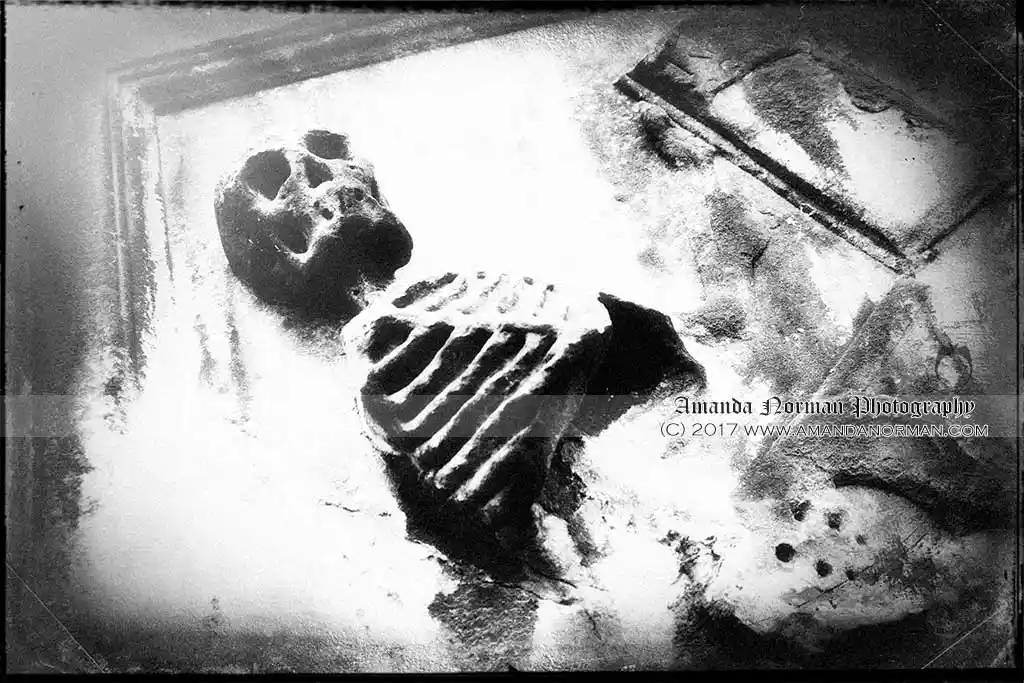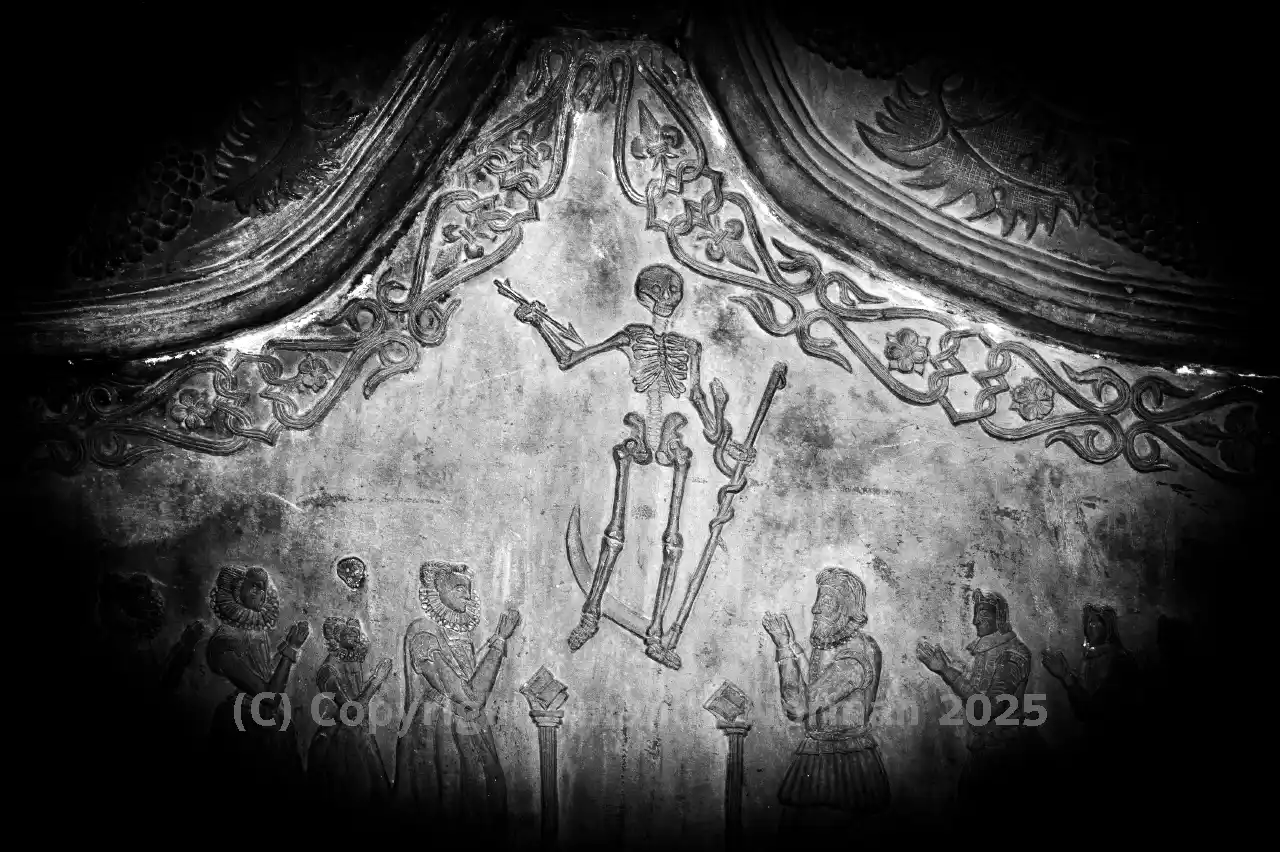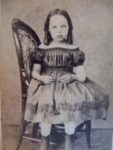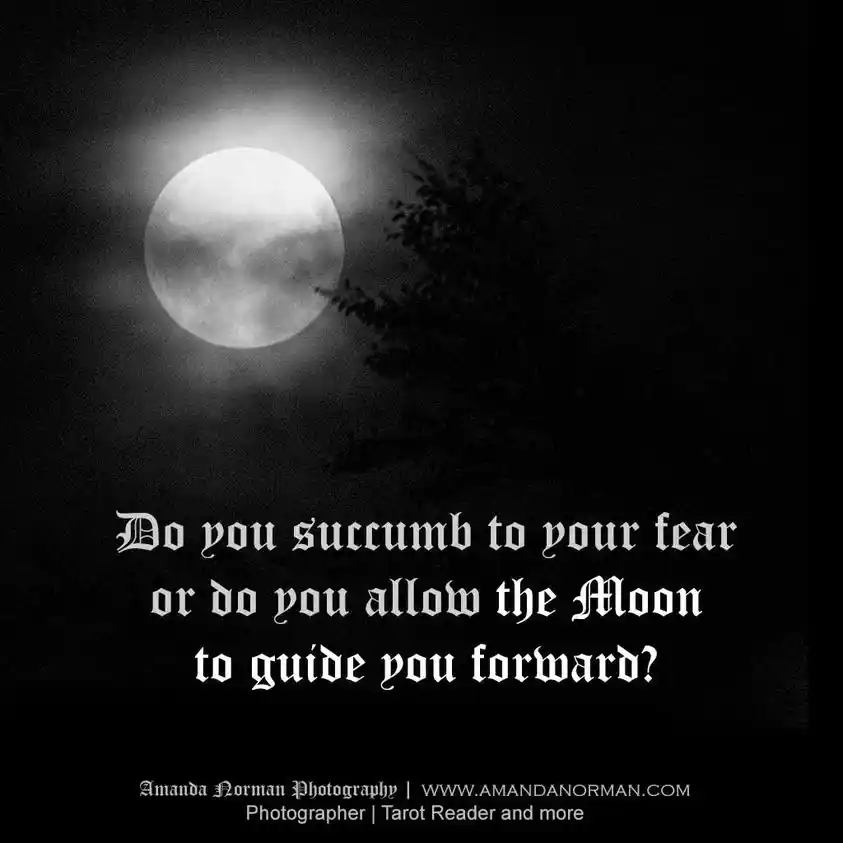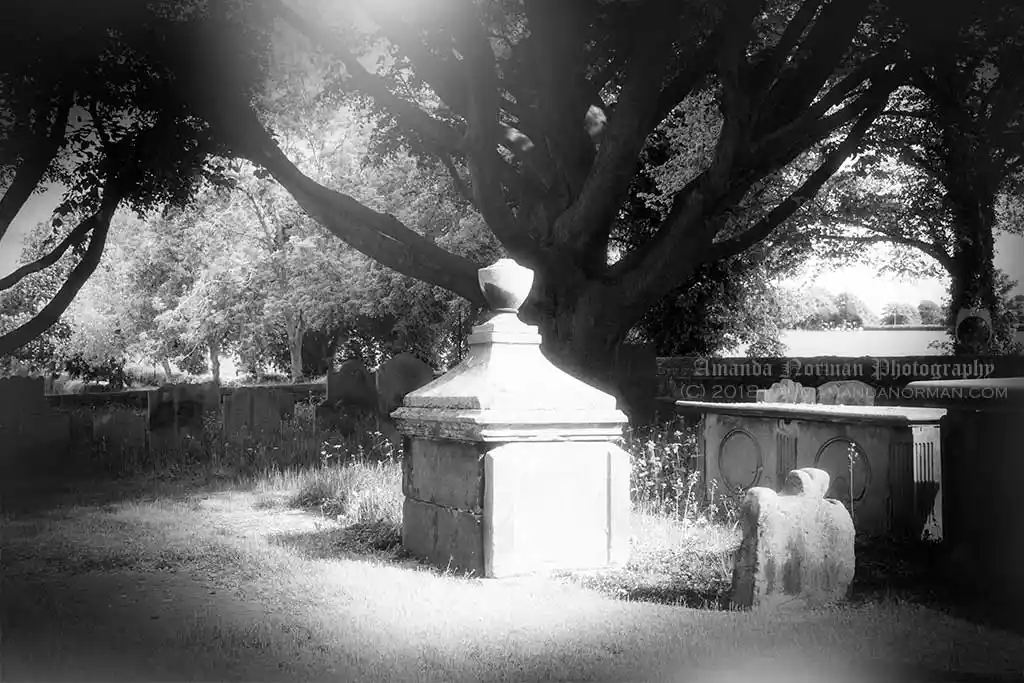Author: Amanda
The Skeleton Holding a Book
I can still remember now standing in awe at the skeleton holding a book high upon a tomb in Greyfriar’s kirkyard. It’s a perfect example of how the dead speak to us still beyond their grave. Memento Mori Photography in Edinburgh Edinburgh was my choice of city break purely based on the magnificent old kirkyard… Read more
Written by
Dance of Death
The Danse Macabre translates into English as the Dance of Death. It is a medieval allegory that reminds folk about Memento Mori. No matter what one’s status is in life, the dance of death unites all. Furthermore, this can most certainly be viewed as the origins of Memento Mori. Don’t ask me why, but images… Read more
Written by
Cemetery Death Heads
Cemetery death heads, is my look at the changing fashion of a skull and crossbones in funeral art. Therefore, if you wonder why someone would like a skull and crossbones on their headstone, then look no further. But first, let us begin with the classic skull and crossbones that most of us are familiar with.… Read more
Written by
Victorian Death Photography and their Superstitions
Victorian death is a fascinating topic to explore that will incite lots of conversation. How much do you know about their superstitions and rituals following the death of a loved one? The Victorians certainly had their fascinating customs when it came to death. I’ve included a few of my favourites below and I would love… Read more
Written by
Moon Magic and the Tarot
In this post, I bring together three of my favourite things. Moon Magic, Tarot and of course, photography. I’ve always been captivated by the moon and her beauty, but it wasn’t until recently that I discovered how to use her energy. Furthermore, she has helped me to transform my life with her beautiful magic. To… Read more
Written by
My love of Gothic horror inspires my photography
My style of Gothic horror photography consists mainly of photographing graveyards, creepy locations and alternative portraits. Furthermore, the sense of peace and freedom I get from photographing these locations, is a form of self-therapy. Take for example the photograph below titled, The Beauty of Daresbury. When visiting this graveyard and looking around, my senses are… Read more
Written by

